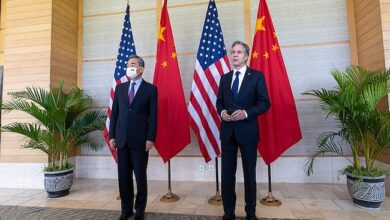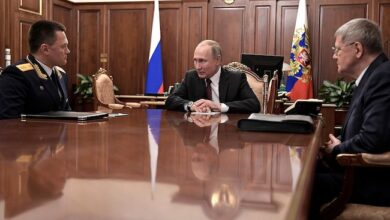
By Srimal Fernando
South Asian Association for Regional Cooperation (SAARC) as a community of eight member nations has come a long way in a relatively short period of time. Observers have found that while facing external as well as internal difficulties, SAARC nations with a combined population of more than 1.5 billion also had encouraging moves over the past three decades. In the broader context the way forward towards regional integration is not easy, yet SAARC is credited for laying down groundwork for improved political ties, and for fostering closer socio economic cooperation among its member countries. Regionally, India is by far the largest among the regional grouping and place high value on the SAARC’s mandate. Twenty years ago, in a speech at the tenth SAARC summit in Colombo, on 29th July 1998 the Indian Prime Minister Atal Bihari Vajpayee said “ Since the establishment of SAARC in 1985 this organisation has contributed to fostering regional cooperation. The first steps are always difficult. Over the years SAARC has gained experience .The people of the region now expect to see the economic benefits of regional cooperation touch their lives –this is the promise and the challenge that we must collectively address”.
Generally, SAARC has also demonstrated the desire for integration in the region, but at a slower pace compared to European Union, South East Asia and Asia Pacific. One of the major reasons for the ineffectiveness or slower implementation pace of regional initiatives is the lack of political commitment and about the disparities of various socio- economic and diplomatic benefits among member nations. South Asia has lagged behind most other areas in the world in relation to intra-regional trade. In that context the Intra-regional trade among the SAARC countries, namely India, Pakistan, Sri Lanka, Bangladesh, Afghanistan, Nepal, Bhutan and the Maldives is a about 5 percent and is far below its potentials . For this reason, the SARRC has taken a more neutral approach in its regional initiatives and the external policies of the member states have been influenced by the national interests and policies. Therefore, the responsibility of SAARC regional grouping is to facilitate a conducive political environment among member nations to deepen trade ties with key economic partners. Since the member states launched its Agreement on South Asian Free Trade Area (SAFTA) in 2006 the region has witnessed many dramatic changes in trade and economic cooperation at various levels. The road map for implementation of SAFTA was both politically and economically ill adopted to fully operate within member states and scholars were beginning to question some fundamental aspects of the regional trade agreement framework. Yet this new approach was a stepping stone to reduce intra-regional trade taxes to zero by year 2016 that will constitute a cure to enhance trade ties among member states. This is seen as a step forward towards strengthening regional integration in terms of economies of India and neighbouring countries. There are encouraging signs that trading relations among member states are improving. The economies of the South Asia are expected to grow closer to seven per cent this year according to the Asian Development out Look (ADO) 2017 the annual flagship publication of the Asian development Bank (ADB). Importantly, the eight member regional grouping initiatives are pivotal towards the achievements of the objectives outlined in the SAARC Charter. After a series of annual summits SAARC has expanded its poverty alleviation agenda by including three new categories namely labour migration, cooperatives and blue economy as poverty reduction strategies to the existing regional poverty reduction framework.
Over the decades, numerous success stories have been witnessed by SAARC. For example SAARC Food Security Reserve which was set up in 1988, SAARC Social Charter adopted in 2004 and the SAARC Regional Centers with specific mandates in order to fulfill its many functions on member nations are some of notable accomplishments that helps improve the regional organisation ‘s transformation story. In the current scenario South Asian Development Bank a financial institution have been proposed at a regional ministerial meeting for funding financial gaps to enhance regional infrastructure growth in the region . In fact since last year, neighbourhood first policy one of India’s key foreign policy aims shifted somewhat in the direction of strengthening cooperation in science and technology with India’s immediate neighbours. Opening a new era in space cooperation India launched a communications satellite also known as South Asia Satellite in an effort to facilitate space cooperation with its neighbours. South Asian Association for Regional Cooperation (SAARC) has laid a firm foundation for South Asians to continue in effective integration to sustain the mandate and improve member nations position in the international community.
Srimal Fernando is a Global Editor for Diplomatic Society of South Africa and an International Affairs Research Scholar at JSIA




